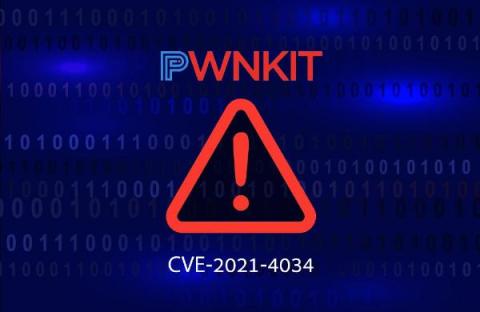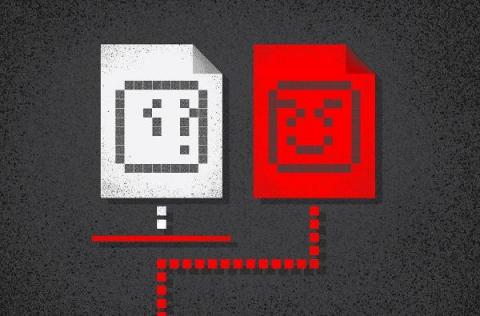White Box Cryptography- Everything You Need to Know
In the world of heinous and sophisticated crimes, cryptography is the next-gen solution needed to resolve the concern. Whitebox cryptography combines encryption and obfuscation methods to embed secret keys in application code. The aim is to combine code and key in such a way that an attacker cannot distinguish between the two and the new "white-box" program can be safely executed in an insecure environment.











